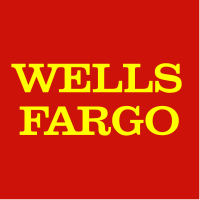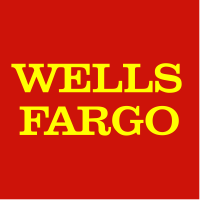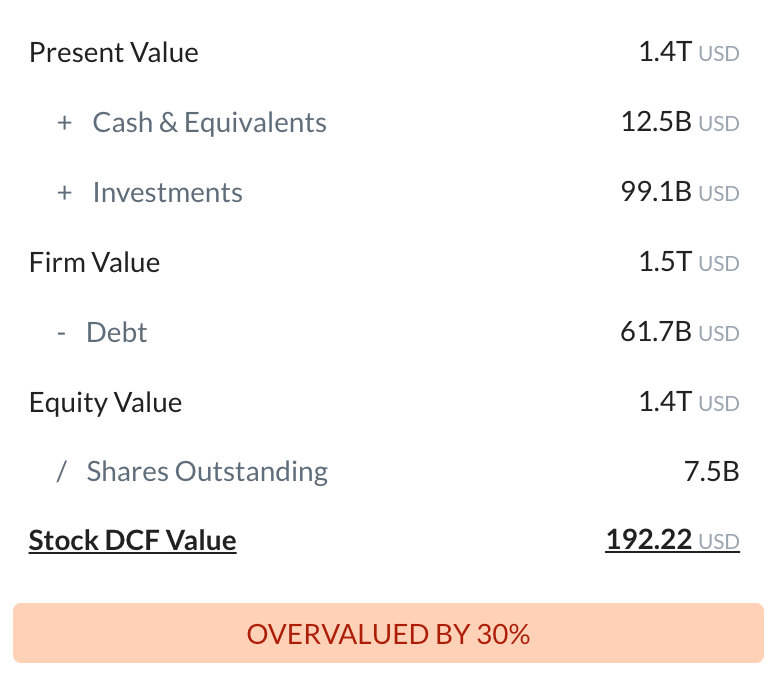
Wells Fargo & Co
NYSE:WFC

Intrinsic Value
The intrinsic value of one
 WFC
stock under the Base Case scenario is
94.74
USD.
Compared to the current market price of 64.71 USD,
Wells Fargo & Co
is
Undervalued by 32%.
WFC
stock under the Base Case scenario is
94.74
USD.
Compared to the current market price of 64.71 USD,
Wells Fargo & Co
is
Undervalued by 32%.
The Intrinsic Value is calculated as the average of DCF and Relative values:

Valuation History
Wells Fargo & Co

Fundamental Analysis

Wells Fargo’s lingering reputational damage from past fraudulent account scandals and ongoing regulatory actions continues to hamper deposit growth and erode customer trust, threatening its ability to compete effectively with peers.
Wells Fargo’s extensive branch network and large deposit base give it resilience and flexibility, positioning the bank to capture additional market share once regulatory restrictions are lifted.

Balance Sheet Decomposition
Wells Fargo & Co

| Net Loans | 899.8B |
| Investments | 878.2B |
| PP&E | 10.4B |
| Intangibles | 32.2B |
| Other Assets | 129.7B |
Wall St
Price Targets
WFC Price Targets Summary
Wells Fargo & Co

According to Wall Street analysts, the average 1-year price target for
 WFC
is 83.49 USD
with a low forecast of 59.51 USD and a high forecast of 96.6 USD.
WFC
is 83.49 USD
with a low forecast of 59.51 USD and a high forecast of 96.6 USD.
Dividends
Current shareholder yield for  WFC is
.
WFC is
.
Shareholder yield represents the total return a company provides to its shareholders, calculated as the sum of dividend yield, buyback yield, and debt paydown yield. What is shareholder yield?
The intrinsic value of one
 WFC
stock under the Base Case scenario is
94.74
USD.
WFC
stock under the Base Case scenario is
94.74
USD.
Compared to the current market price of 64.71 USD,
 Wells Fargo & Co
is
Undervalued by 32%.
Wells Fargo & Co
is
Undervalued by 32%.
























































 You don't have any saved screeners yet
You don't have any saved screeners yet